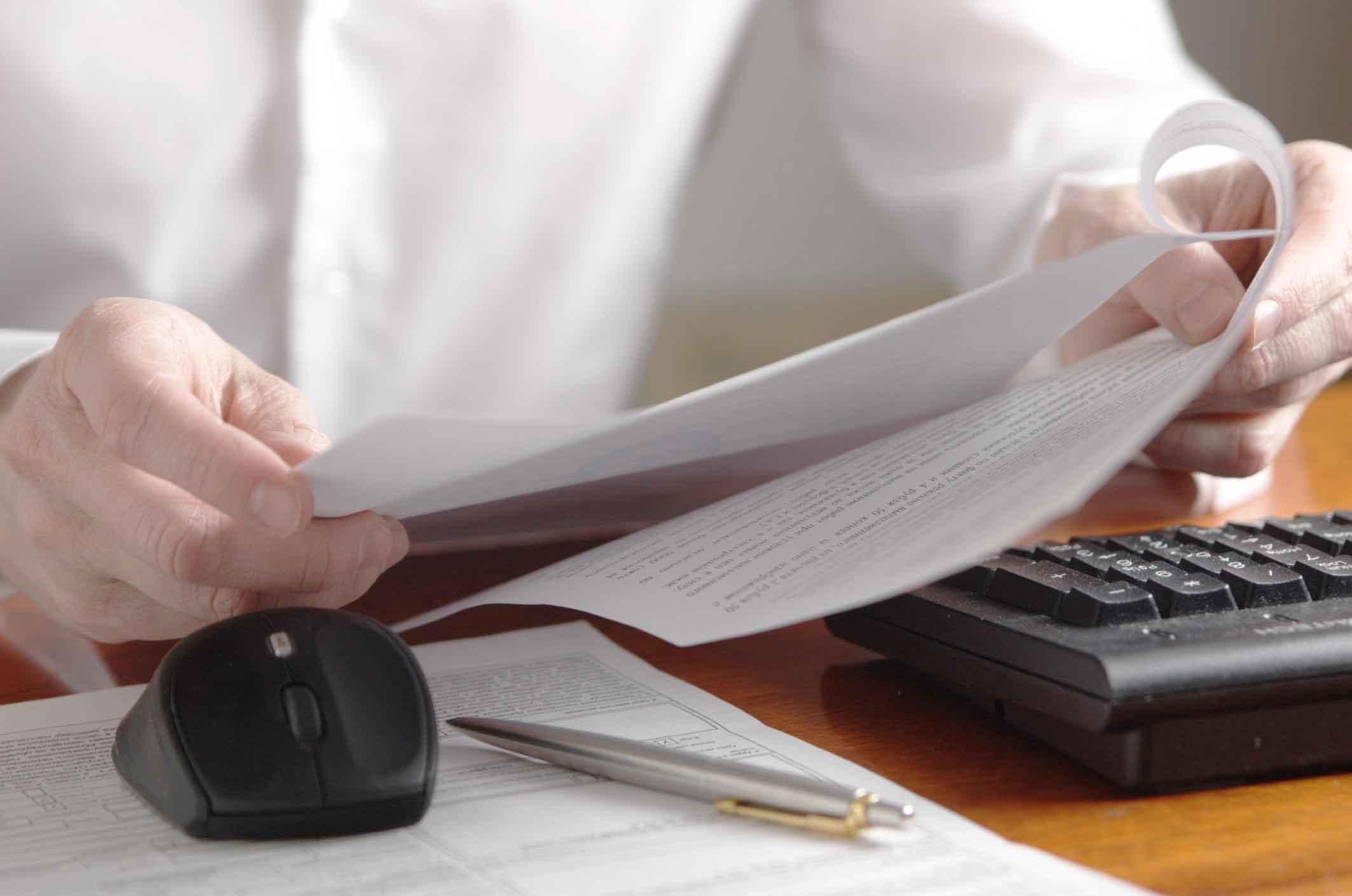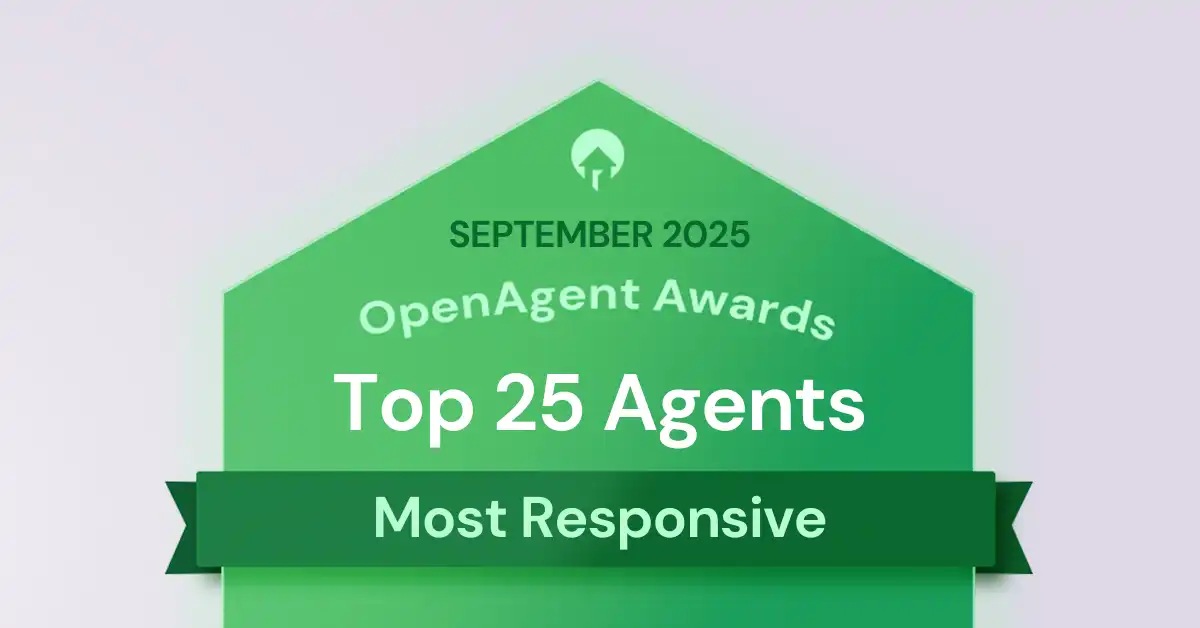What is the Section 32?

Whether you are buying or selling a property, you are likely to come across “the Section 32” or what is often referred to as a vendor’s statement. So what exactly is a Section 32 and what do you need to know as a home seller or buyer?
What is a Section 32?
The name may sound off putting to those with no legal background, but make no mistake, the Section 32 is a crucial document. It is a legal document that the seller of property must provide to a potential buyer before a contract of sale is signed.
It gets its title from Section 32 of the Sale of Land Act in Victoria, but goes by different names in Australia’s different states or territories.
What do you need to know about the Section 32 as a buyer?
As they say, what you see is not necessarily what you get. Thus, the Section 32 reveals information not readily apparent to a buyer when inspecting a property. It puts buyers on notice as to any issues that may pass with the property once sold and gives them a clearer idea of what they are actually purchasing.
It can also prevent a lot of heartache. For example, buyers certainly don’t want to discover when it’s too late that a panel shop or petrol station can open up next door to their new homes, that part of the property is actually not on the title, that they can’t paint their new abode in the colour they want or worse still, that they can’t have their beloved pets in their new apartment.

What do you need to know about the Section 32 as a seller?
Sellers also get a clearer picture of what they are selling. They are legally responsible for, and must sign, the Section 32. It’s usually prepared by their solicitor or conveyancer, and delivered to their real estate agent. The agent will then make it available to potential purchasers, usually attached to the contract of sale, before the sale or auction.
Different states or territories may have slightly different requirements for what should be included in the Section 32. The requirements may also differ depending on the type of property being sold and its particular circumstances, so make sure that you do your research.
What sort of information should you look for in a Section 32?
The Section 32 will typically cover areas such as:
- who owns the property
- what the rates, fees and charges levied against the property are
- whether any building permits have been obtained in the past seven years
- whether the property is in a bushfire zone.
The Section 32 will also provide details of:
- covenants (agreements requiring the property owner to do, or refrain from doing, something)
- easements (rights held by someone else over the land)
- zoning
- outstanding mortgages or other money owed on the property
Also disclosed will be notices or orders issued by the authorities – for example, regarding fencing, road-widening, sewerage and so on.
In addition, information about services such as electricity, gas, water, sewerage and telephone connected to the property is required to be included the Section 32.

Other things you need to know about the Section 32
Typical time to complete a Section 32
Because several searches must be conducted to complete it and information must be requested from the different authorities, the Section 32 can take up to two weeks to complete.
Making sure all information is factually correct
For a seller, it is very important to get the details right in this document. It is after all a legal document and it must be factually accurate and complete. If it contains false, incorrect or insufficient information, a buyer may be able to withdraw from the sale or take legal action against the seller.
If this happens, the seller could incur additional legal fees to fight the action and may even have to restart the entire sales process again, forking out on all the marketing and other costs that come with this.
Worse still, a vendor who knowingly or recklessly provides false information, or fails to provide all of the required information, will be committing a criminal offence and can be fined.
Using a conveyancer or solicitor - is it necessary?
Since it's so important to get everything right, sellers need to ensure they get the best legal advice possible and are well advised to get the Section 32 document drawn up by their solicitor or conveyancer. The costs and frustrations of not doing this can be high!
When do you give a Section 32 to a buyer?
Buyers must receive a copy of a section 32 from the seller before concluding any agreements. And it is vital that they get their lawyer or conveyancer to read through this document carefully before they sign on the dotted line. After all, a property purchase is likely to be one of the biggest financial transactions they will ever make and mistakes can be costly.
The lawyer or conveyancer will inform the buyer whether there are any restrictions on what they can, and can’t, do to the property, what developments could affect the property’s price and whether they could encounter any other risks related to the property.
What does the Section 32 not cover?
The Section 32, however, does not provide details on the condition of the buildings, whether they comply with building regulations and if measurements on the certificate of title (or similar documents evidencing title) are accurate. It is the buyer’s responsibility to find out about anything not covered in the Section 32. Because of this, potential buyers would be wise to consider obtaining a building inspection before signing any contract of sale.
Find out more about property contracts when selling your home







